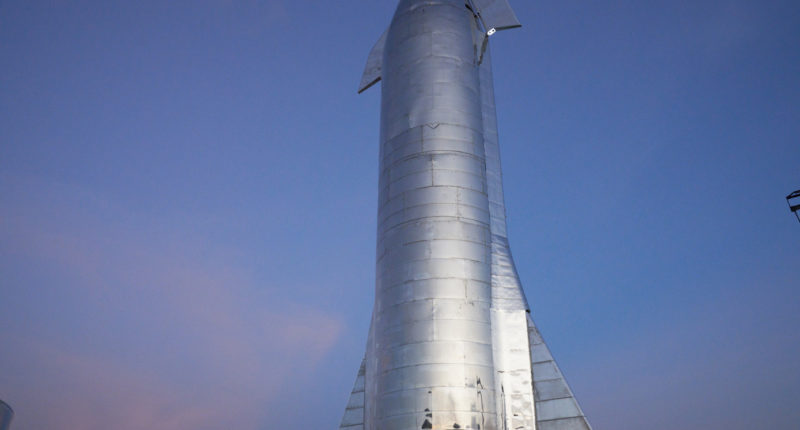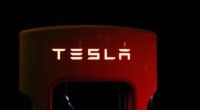SpaceX, the company which has set out to get humanity to Mars, took a big step towards realizing its goal in today’s testing of its Starship spacecraft. Starship, which is Elon Musk’s millennium falcon, has passed a very crucial test, the “cryo pressure” test, which had started to haunt the company. Up until now, the test had been conducted 3 times, with no fruits bore. But today, Elon Musk announced the success story of Starship, tweeting “SN4 passed cryo proof!”
As a part of this test, the spacecraft was filled with frigid liquid nitrogen (an ultracool propellant) in its fuel tank to simulate the conditions experienced during operational missions, in the empty vacuum of space. After failing 3 such tests, SpaceX engineers finally managed to achieve success at SpaceX’s South Texas site, near the village of Boca Chica.
SN4 involves a solitary Raptor Engine, which was demonstrated the first time in a the Starhopper sub-scale demonstrator. With a single engine, SN4 will be able to conduct short flights for testing functions, but is a far cry from the final product, which is expected to house 6 such engines. However, the company is gaining a lot of momentum, and Elon Musk predicts that the next iteration of the Starship prototype, SN5, will come equipped with 3 fully operational Raptor engines.
Now, Starship is ready to move on to the next stage of testings: engine tests. Under this, the Raptor engine on the SN4 will be set on fire(Mars is the RED planet after all), which is expected to be conducted as soon as next week. After setting it on fire, SN4 will be subjected to even more atrocities, including an uncrewed flight at a height of about 150m, which is roughly the same goal from the StarHopper performance.
The Starhopper was the tubby cousin of SN4, which got off to display the space company’s Raptor engine, earlier this year. It was soon retired after the demonstration.
The 6 engine fully operational version of StarShip, will take off from Earth atop a gigantic rocket known as Super Heavy, which will come equipped with 37 Raptor engines. Both the devices, Starship and the Super Heavy, will be reusable, just like the company’s famous Falcon 9 rockets. By making use of this duo, SpaceX will be able to send people to Mars of Moon in the very near future.
Elon, as one would expects, hopes to build a LOT of these spacecrafts, planning to send a huge fleet of the 100-passenger vehicles off to Mars every 26 months, once it is operational.
The Tech Portal is published by Blue Box Media Private Limited. Our investors have no influence over our reporting. Read our full Ownership and Funding Disclosure →






